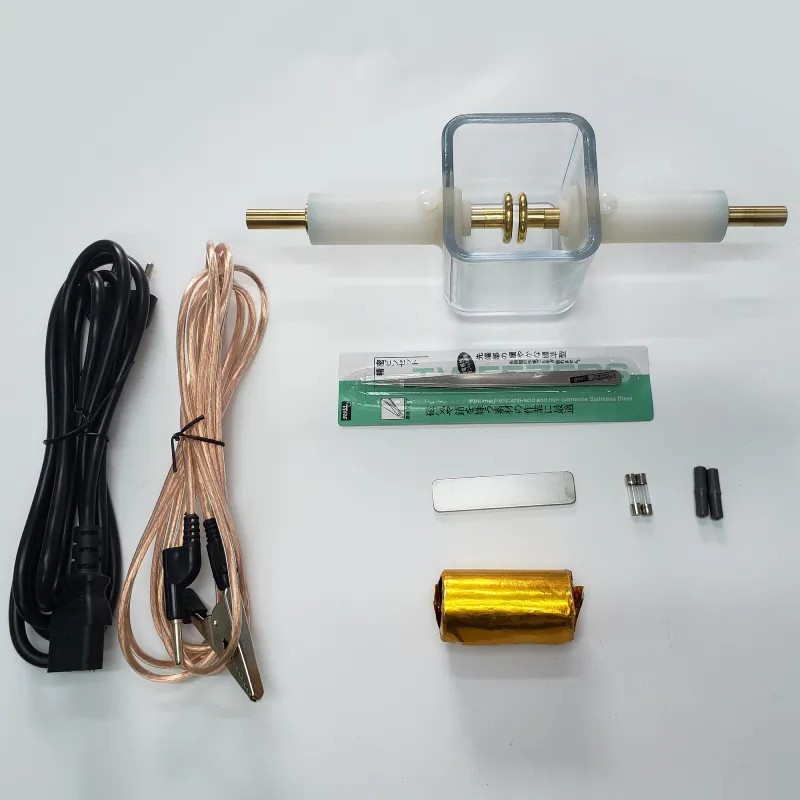 English
English



-
 Afrikaans
Afrikaans -
 Albanian
Albanian -
 Amharic
Amharic -
 Arabic
Arabic -
 Armenian
Armenian -
 Azerbaijani
Azerbaijani -
 Basque
Basque -
 Belarusian
Belarusian -
 Bengali
Bengali -
 Bosnian
Bosnian -
 Bulgarian
Bulgarian -
 Catalan
Catalan -
 Cebuano
Cebuano -
 China
China -
 China (Taiwan)
China (Taiwan) -
 Corsican
Corsican -
 Croatian
Croatian -
 Czech
Czech -
 Danish
Danish -
 Dutch
Dutch -
 English
English -
 Esperanto
Esperanto -
 Estonian
Estonian -
 Finnish
Finnish -
 French
French -
 Frisian
Frisian -
 Galician
Galician -
 Georgian
Georgian -
 German
German -
 Greek
Greek -
 Gujarati
Gujarati -
 Haitian Creole
Haitian Creole -
 hausa
hausa -
 hawaiian
hawaiian -
 Hebrew
Hebrew -
 Hindi
Hindi -
 Miao
Miao -
 Hungarian
Hungarian -
 Icelandic
Icelandic -
 igbo
igbo -
 Indonesian
Indonesian -
 irish
irish -
 Italian
Italian -
 Japanese
Japanese -
 Javanese
Javanese -
 Kannada
Kannada -
 kazakh
kazakh -
 Khmer
Khmer -
 Rwandese
Rwandese -
 Korean
Korean -
 Kurdish
Kurdish -
 Kyrgyz
Kyrgyz -
 Lao
Lao -
 Latin
Latin -
 Latvian
Latvian -
 Lithuanian
Lithuanian -
 Luxembourgish
Luxembourgish -
 Macedonian
Macedonian -
 Malgashi
Malgashi -
 Malay
Malay -
 Malayalam
Malayalam -
 Maltese
Maltese -
 Maori
Maori -
 Marathi
Marathi -
 Mongolian
Mongolian -
 Myanmar
Myanmar -
 Nepali
Nepali -
 Norwegian
Norwegian -
 Norwegian
Norwegian -
 Occitan
Occitan -
 Pashto
Pashto -
 Persian
Persian -
 Polish
Polish -
 Portuguese
Portuguese -
 Punjabi
Punjabi -
 Romanian
Romanian -
 Russian
Russian -
 Samoan
Samoan -
 Scottish Gaelic
Scottish Gaelic -
 Serbian
Serbian -
 Sesotho
Sesotho -
 Shona
Shona -
 Sindhi
Sindhi -
 Sinhala
Sinhala -
 Slovak
Slovak -
 Slovenian
Slovenian -
 Somali
Somali -
 Spanish
Spanish -
 Sundanese
Sundanese -
 Swahili
Swahili -
 Swedish
Swedish -
 Tagalog
Tagalog -
 Tajik
Tajik -
 Tamil
Tamil -
 Tatar
Tatar -
 Telugu
Telugu -
 Thai
Thai -
 Turkish
Turkish -
 Turkmen
Turkmen -
 Ukrainian
Ukrainian -
 Urdu
Urdu -
 Uighur
Uighur -
 Uzbek
Uzbek -
 Vietnamese
Vietnamese -
 Welsh
Welsh -
 Bantu
Bantu -
 Yiddish
Yiddish -
 Yoruba
Yoruba -
 Zulu
Zulu
Exploring the Benefits of GC and GC-MS Techniques in Analytical Chemistry
Understanding GC and GC-MS Key Techniques in Analytical Chemistry
Gas Chromatography (GC) and Gas Chromatography-Mass Spectrometry (GC-MS) are fundamental techniques widely utilized in analytical chemistry, enabling scientists to analyze and identify compounds in complex mixtures. Both methods have become indispensable tools in various fields, including environmental monitoring, pharmaceuticals, and food safety, due to their high sensitivity and specificity.
.
The efficiency of a GC system relies heavily on the choice of stationary phase and operating conditions, such as temperature and flow rate. The use of specific detectors, like Flame Ionization Detectors (FID) or Thermal Conductivity Detectors (TCD), further enhances the method's capability by providing quantitative data on the components separated in the column.
gc gcms

One significant limitation of GC is that it can only analyze volatile compounds. This is where Gas Chromatography-Mass Spectrometry (GC-MS) comes into play. GC-MS combines the separation capabilities of GC with the identification power of mass spectrometry. After a sample is separated by GC, it is directed into a mass spectrometer, which analyzes the ions produced by the fragmentation of the compounds. By measuring the mass-to-charge ratio of these ions, scientists can obtain a molecular fingerprint of each compound.
The integration of GC with mass spectrometry allows for a detailed structural analysis of substances, making it easier to identify unknown compounds in a mixture. GC-MS is particularly useful in toxicology, environmental studies, and the analysis of complex biological samples, as it can detect trace levels of substances that may be missed by traditional methods.
Moreover, GC-MS offers several advantages, including speed, sensitivity, and a wide dynamic range. It provides qualitative and quantitative data, making it possible to identify and quantify substances within a single analytical run. This capability has transformed research and industry practices, streamlining processes that once took days or weeks into mere hours.
In conclusion, GC and GC-MS are powerful analytical techniques that play a crucial role in various scientific fields. Their ability to separate, identify, and quantify compounds with high precision makes them invaluable in advancing our understanding of chemical substances and their interactions. As technology continues to evolve, we can expect further enhancements in GC and GC-MS methodologies, leading to even greater applications in research and industry. Whether in monitoring environmental pollutants or ensuring product safety, these techniques are essential for fostering a safer and healthier world.
-
Testing Equipment Industry Sees Major Advancements in 2025: Smart & Precision Technologies Lead the WayNewsJun.06,2025
-
Applications of Direct Current Generators in Renewable Energy SystemsNewsJun.05,2025
-
Hipot Tester Calibration and Accuracy GuidelinesNewsJun.05,2025
-
Digital Circuit Breaker Analyzer Features and BenefitsNewsJun.05,2025
-
Benefits of Real-Time Power Quality Monitoring Devices for Industrial EfficiencyNewsJun.05,2025
-
Earth Fault Loop Testing in High-Rise Building Electrical SystemsNewsJun.05,2025



